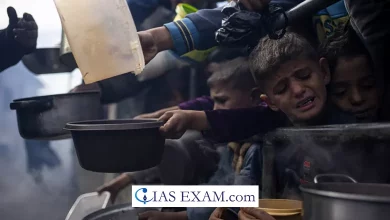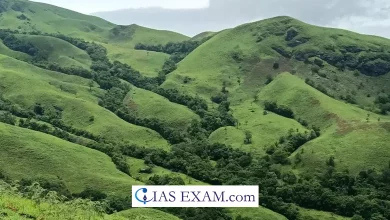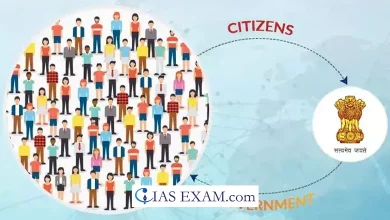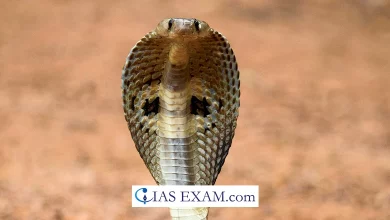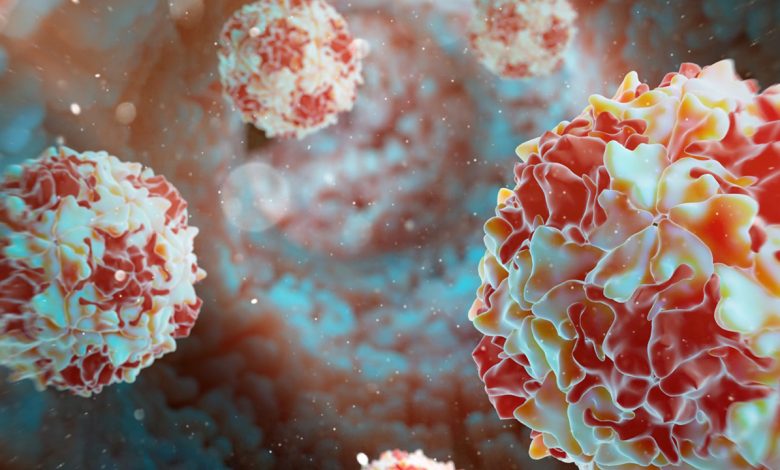
Context- As part of the Universal Immunization Programme (UIP) for children, the government of West Bengal made the announcement that an additional dose of injectable polio vaccine would be made available.
Key Highlights
- Any poliovirus, including Vaccine Associated Paralytic Polio or Vaccine Derived Polioviruses, will be protected by the additional dose of Inactivated Poliovirus (IPV) administered at nine months.
- According to the World Health Organization (WHO), only Afghanistan and Pakistan continue to carry wild poliovirus type 1 (WPV1) locally.
- Since 1988, there have only been six reported cases of wild poliovirus, down from an estimated 350 000 in more than 125 endemic countries.
- India was taken off the WHO’s list of “endemic countries with active poliovirus transmission” on February 24, 2012. In Jerusalem, London, and New York at the beginning of 2022, genetic variants of the vaccine for poliovirus type 2 were recently found in wastewater.
What is Poliovirus?
- A virus (poliovirus) is the cause of poliomyelitis, also known as polio. It is a serious illness that can affect a person’s nervous system and is highly contagious.
- The wild poliovirus comes in three varieties i.e.
- WPV 1: still exists, despite ongoing efforts to eradicate it.
- WPV 2: eradicated.
- WPV 3: eradicated.
- Most of the time, children under the age of five get polio. It can cause weakness in the muscles, permanent disability, or even death.
- One in every 200 infections results in permanent paralysis. When the paralyzed person’s breathing muscles become immobile, between 5 and 10% of them die.
- Although there is no cure for polio, there are safe and effective vaccines that, when given to a child multiple times, provide lifetime protection.
- Type 2 vaccine virus variants—circulating vaccine derived polioviruses—that mimic the neurovirulence and contagiousness of wild viruses have emerged and spread unintentionally.
Efforts to Eradicate
- In 1988, the World Wellbeing Gathering embraced a goal for the overall destruction of polio, denoting the send off of the Worldwide Polio Destruction Drive (GPEI).
- In 1986 India was given a $2.6 million award for a pilot polio immunization crusade under the Polio destruction crusade, Polio In addition to.
- India supported the World Health Assembly’s 1988 resolution to eradicate polio worldwide.
- The Pulse Polio Immunization program, also known as National Immunization Day (NID) or NID, was established in India in 1995 and is held twice annually in the early part of the year.
- In addition, sub-national immunization day (SNID) rounds have been held in high-risk states for at least two years.
- On March 27, 2014, “The Regional Certification Commission (RCC)” declared the WHO’s South-East Asia Region, which includes India, polio-free.
Why is an additional dose required?
- In addition to the current oral and injectable polio doses included in the UIP, the additional dose is being administered.
- Because it is made from a live virus, the oral polio vaccine has the potential to leave the virus in the environment, which could then infect someone.
- This is not eliminated by the injectable polio vaccine, which is made from an inactivated virus. Additionally, the injectable vaccine is more easily absorbed.
- When the child turns nine months old, the third dose, which will provide enhanced disease protection, will be administered.
Global Polio Eradication Initiative (GPEI)
- The GPEI’s objective is to completely eliminate and contain all wild, vaccine-related, and Sabin polioviruses so that no child will ever experience paralytic poliomyelitis.
- Countries have been able to significantly advance their efforts to eradicate this debilitating disease thanks to GPEI.
- The four pillars of GPEI are surveillance, targeted mop-up campaigns, supplemental immunization, and routine vaccination.
Way Forward
- Children worldwide are at risk of contracting polio as long as one child remains infected. If polio is not eradicated from these last strongholds, the disease could reappear worldwide.
- Transition and post-certification efforts are ongoing to ensure that the infrastructure constructed to eradicate polio will continue to benefit broader public health efforts long after the disease is eradicated. The Polio Eradication Strategy 2022–2026 lays out the roadmap to securing a world free of all polioviruses.





.png)
